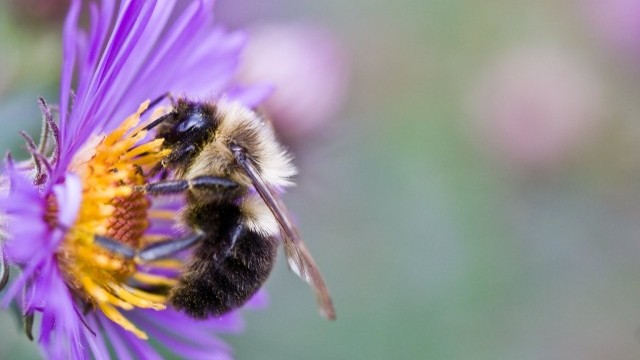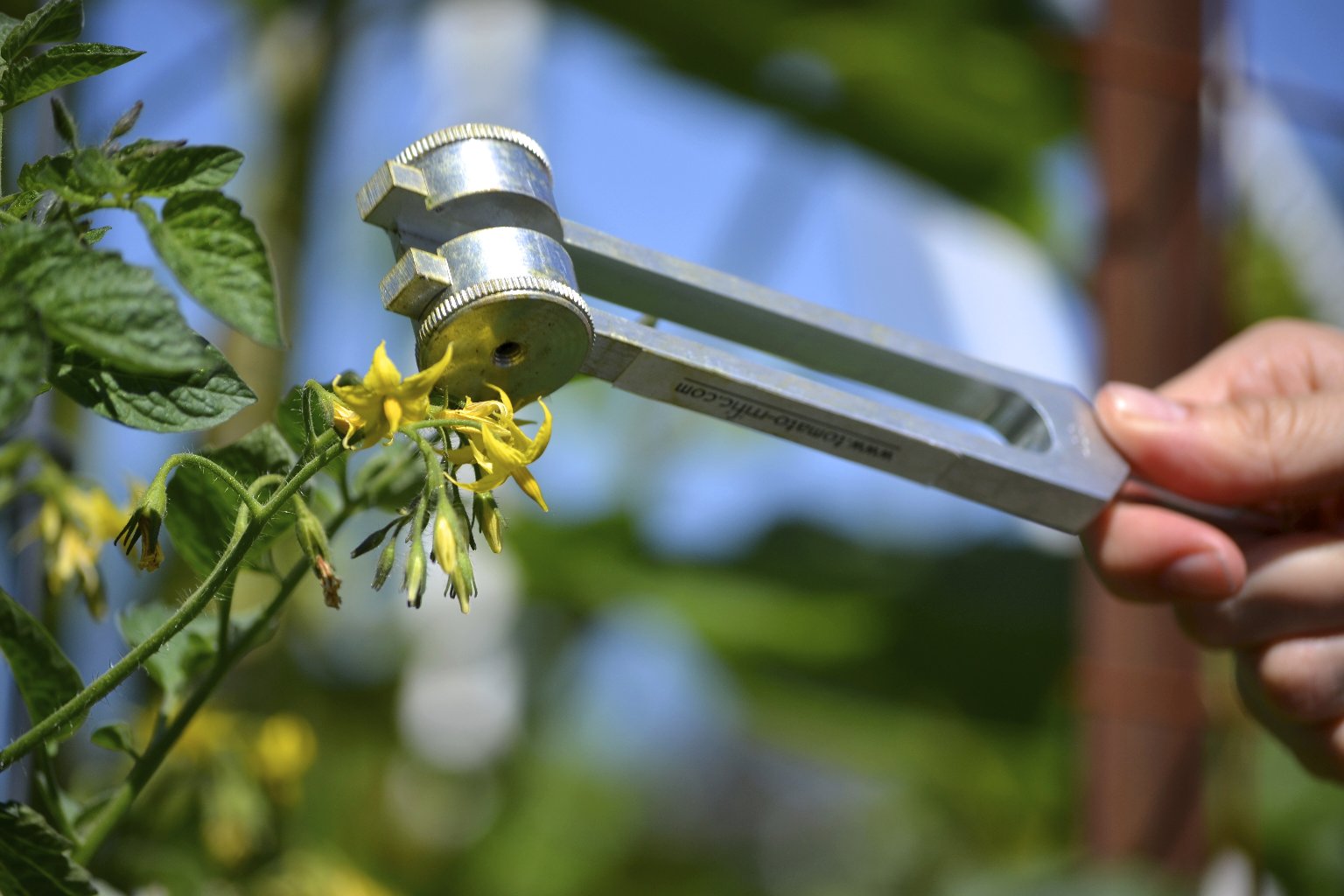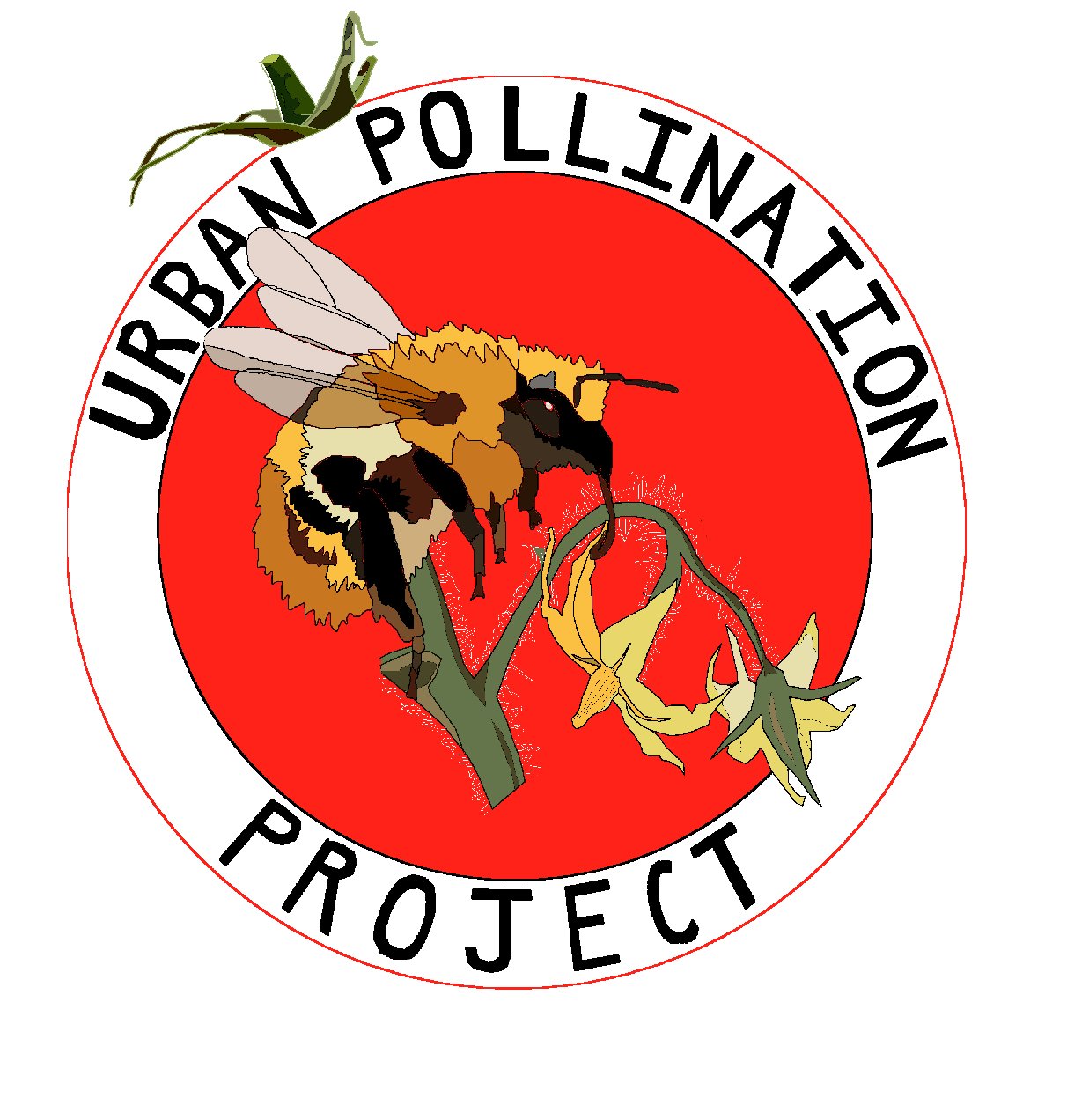
Around the world, bees are dying in unprecedented numbers. While scientists hypothesize pesticides and habitat loss are to blame, the exact causes are still unclear. Gardeners and farmers are concerned about the fate of their bee-pollinated food and looking to the scientific community for information about how and why the bee populations are declining.
Unfortunately, money is tight as scientists struggle to gain the funding and resources for extensive bee studies.
Marie Clifford and Susan Waters, graduate researchers at the University of Washington in Seattle, have found a way to get around scarce research funding: citizen scientists. The Urban Pollination Project (UPP), co-founded in 2011, takes Seattle community gardeners and trains them to collect data on local bees. Tapping into citizen scientist efforts, Clifford and Waters can gather data from 35 Seattle community gardens – a scale of research otherwise outside of their resources and funding capabilities.
“Citizen science,” Clifford says, “allows scientists to address much broader scale questions than they might be able to address themselves.”
The citizen scientist gardeners at the Urban Pollination Project measure, count, and weigh tomatoes to understand how varying degrees of pollination affect tomato growth. They also pollinate the tomato flowers using a tuning fork, and are trained in bee identification. Their observations provide insight into what species of bees visit various Seattle community gardens.

